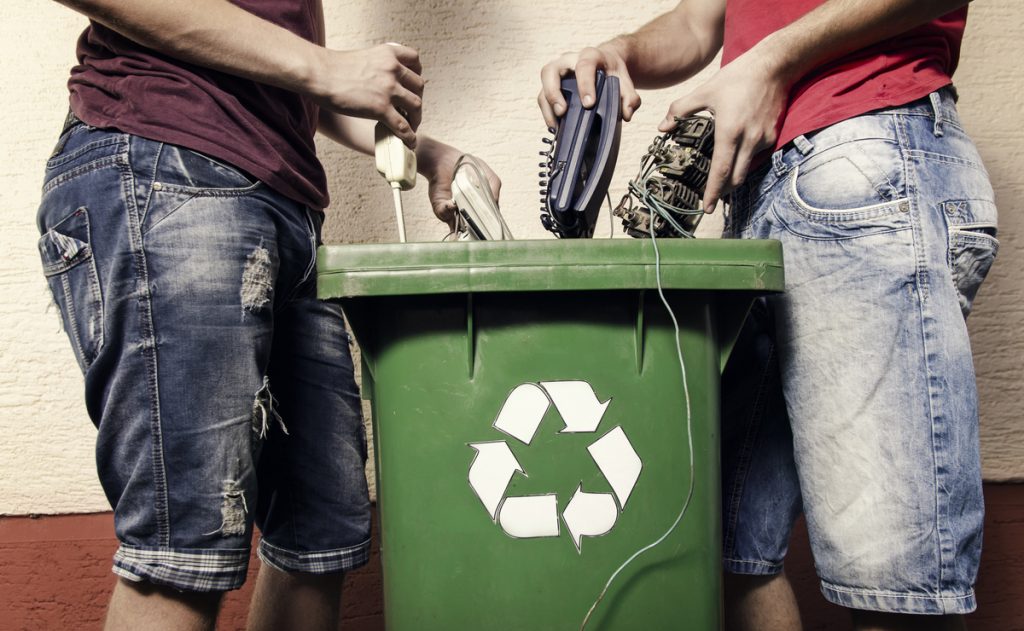
While certain enterprises are taking the latent road to energy-efficient initiatives, most data centers are merely ignoring the initiative and moving at a slow pace.
A recent survey by Supermicro surveyed more than 5,000 IT professionals for its Data Centers and the Environment Report to help IT leaders to lessen their long-term impact on the environment. Those surveyed said that that the Total Cost of Ownership (TCO) and ROI are their primary measures of success. Less than 15% stated that they consider energy efficiency, Corporate Social Responsibility (CSR), and impact on the environment as a scale of success. In fact, 22% responded that environmental considerations become too expensive for them; hence it isn’t considered as a priority.
The same survey also found that 9 out of 10 data centers aren’t designed for optimal power efficiency; therefore, costing data centers nearly $1.4 million every year in electricity wastage!
Supermicro also found that despite new-age cooling technologies and hardware, which does not require cooling and works just fine even in above-average operating temperatures, many data centers are wasting their electricity needlessly cooling them. This number is disheartening as IBM, in one of their researches conducted way back in 2009, stated that modern-day CPUs could do just fine in hotter climates. Even after a decade of this prognosis, the message hasn’t got out properly to many enterprises.
If the numbers of power consumption are striking, then the e-waste disposal habit comes across as quite disheartening. E-waste takes up to 2% of trash, and 70% of the overall toxic waste in the US here is what 2019 looks like:
A) The number of companies that partnered with a certified recycling company dropped down by 14% from 2018 to 2019. The number of companies that reported that they partake in the recycling of their e-waste dropped by 5%.
B) More than 9% of enterprises agreed that they dispose of their hardware without considering recycling.
c) Roughly 10% of the largest enterprises are still throwing away decommissioned equipment from their data centers.
Optimized hardware should be reducing e-waste by more than 80% and also achieve 15% better performance with 40% lower the cost. Unfortunately, companies aren’t refreshing as fast as they used to. In 2018, 35% of the majority of the enterprises surveyed planned to recycle their hardware servers every 2–3 years. Fast forward in 2019, 40% of them are planning to now recycle them every 4–5 years instead.
The concept of e-waste aside, the fact that well-known enterprises are throwing corporate servers in a landfill is horrifying.
Newsletter
[rdp-linkedin-login]




